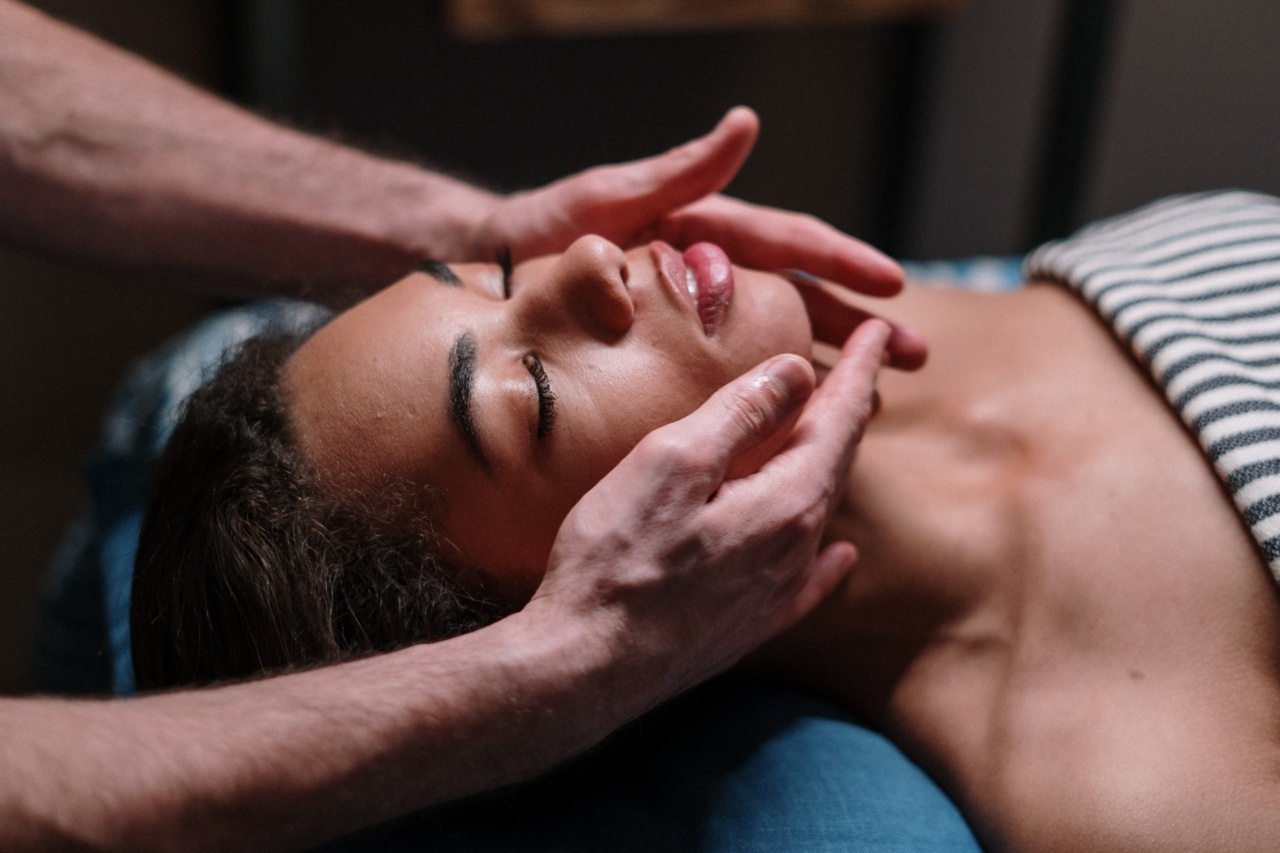Badness of the body or physical discomfort is a common and distressing issue among pediatric patients. It can be due to various reasons, such as illness, injury, or chronic illness.
Treating badness of the body in pediatric patients can be challenging for healthcare providers. However, there are several effective treatments available that can help relieve the discomfort and improve the quality of life for the affected child. This article explores some of the most effective treatments for pediatric badness of the body.
Over-the-counter Medications
Over-the-counter (OTC) medications, such as nonsteroidal anti-inflammatory drugs (NSAIDs) and acetaminophen, are among the most commonly used treatments for pediatric badness of the body.
These medications can help relieve pain, reduce inflammation, and lower fever. However, healthcare providers should be cautious when administering OTC medications to pediatric patients and ensure that they are safe and appropriate for the child’s age, weight, and medical history.
Prescription Medications
In some cases, prescription medications may be necessary to manage pediatric badness of the body. For example, opioids may be prescribed for severe pain, but only under careful monitoring by a healthcare provider.
Other prescription medications that may be used include muscle relaxants, topical creams, or patches containing analgesics or anti-inflammatory drugs.
Physical Therapy
Physical therapy is another effective treatment option for pediatric badness of the body. It involves exercises and techniques that can help improve the child’s strength, mobility, and function.
Physical therapy can also help relieve pain, reduce stiffness, and increase flexibility. Children with chronic conditions, such as cerebral palsy or spina bifida, may benefit from ongoing physical therapy to manage their symptoms.
Massage Therapy
Massage therapy is a form of hands-on treatment that can help relieve pediatric badness of the body. It involves applying pressure and manipulating the muscles, tendons, and other soft tissues to improve circulation, relieve tension, and reduce pain.
Massage therapy can be particularly effective for children with muscular dystrophy, torticollis, or other conditions that affect the muscles and joints.
Acupuncture
Acupuncture is a traditional Chinese medicine practice that involves inserting hair-thin needles into specific points on the body. It is believed to promote natural healing, improve pain, and reduce inflammation.
Acupuncture is an increasingly popular treatment option for pediatric badness of the body, particularly for children with chronic pain or conditions such as fibromyalgia or juvenile arthritis.
Psychological Therapies
Psychological therapies, such as cognitive-behavioral therapy (CBT) or relaxation techniques, can help pediatric patients manage their badness of the body.
CBT involves identifying negative thoughts and behaviors related to pain and replacing them with positive coping strategies. Relaxation techniques, such as deep breathing, meditation, or guided imagery, can help reduce stress and tension and promote relaxation, which can in turn reduce pain and discomfort.
Complementary and Alternative Therapies
Complementary and alternative therapies, such as herbal supplements, homeopathy, or chiropractic, may also be used to manage pediatric badness of the body.
However, healthcare providers should be cautious when recommending these treatments and ensure that they are safe and appropriate for the child. Parents should always inform their healthcare provider of any complementary or alternative therapy used by their child.
Multidisciplinary Approaches
Multidisciplinary approaches to treating pediatric badness of the body involve a team of healthcare professionals, including physicians, nurses, physical therapists, and psychologists.
This approach can help provide comprehensive care that addresses all aspects of the child’s health and well-being. Within the medical field, researchers and clinicians have shown that integrative or multidisciplinary interventions constitute the gold standard of pediatric pain management.
Non-Pharmacological Approaches
Non-pharmacological approaches to managing pediatric badness of the body include distraction, guided imagery, and music therapy. These treatments can help take the child’s mind off the pain and create a more positive, calming environment.
They may also help reduce the need for medication or other more invasive treatments.
Conclusion
Pediatric badness of the body is a common and distressing issue that can have a significant impact on a child’s quality of life.
However, there are several effective treatments available that can help relieve the discomfort and improve the child’s well-being. It’s important for healthcare providers to work with parents and caregivers to identify the most appropriate treatment strategies for their child’s specific needs and healthcare history.





























